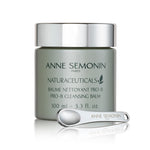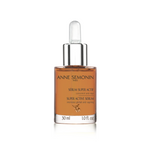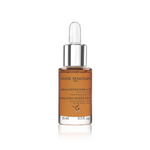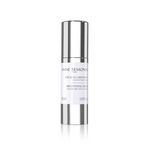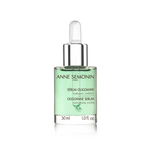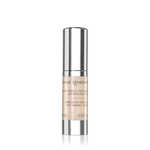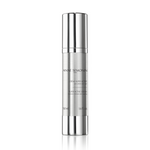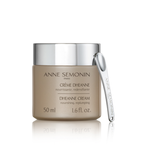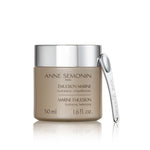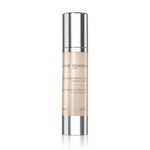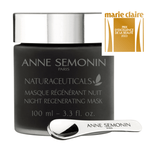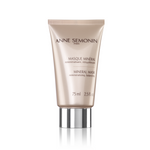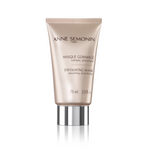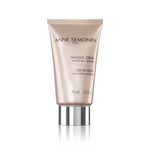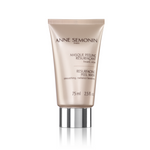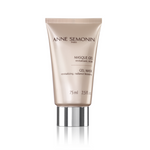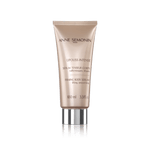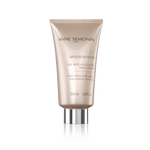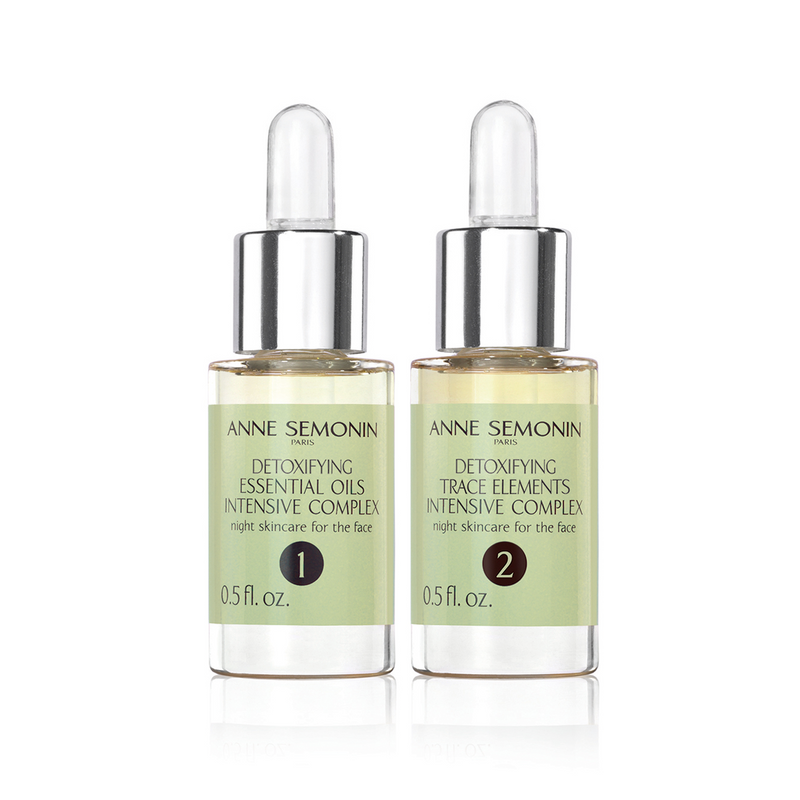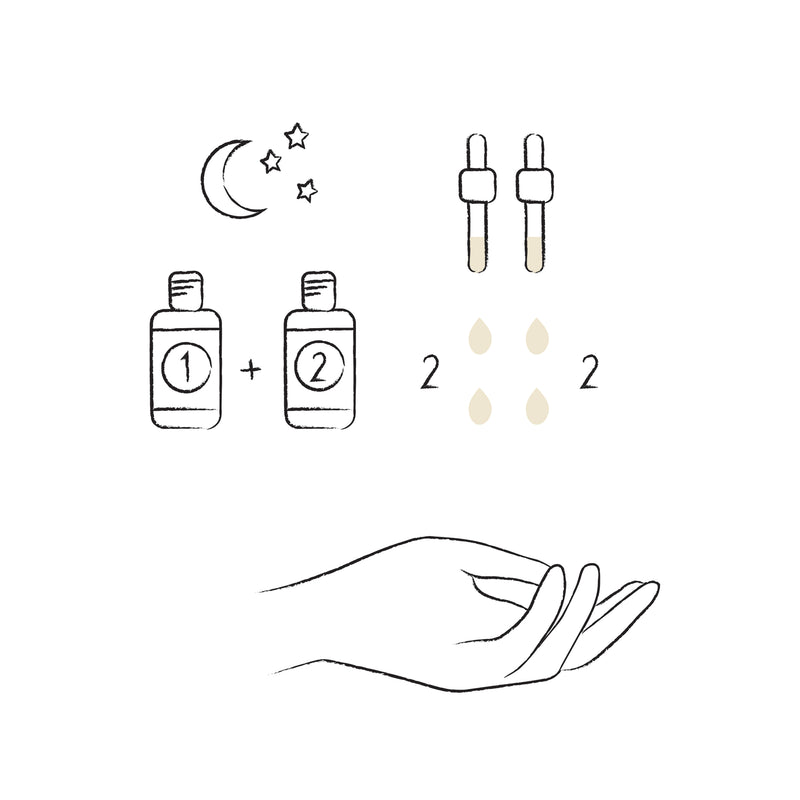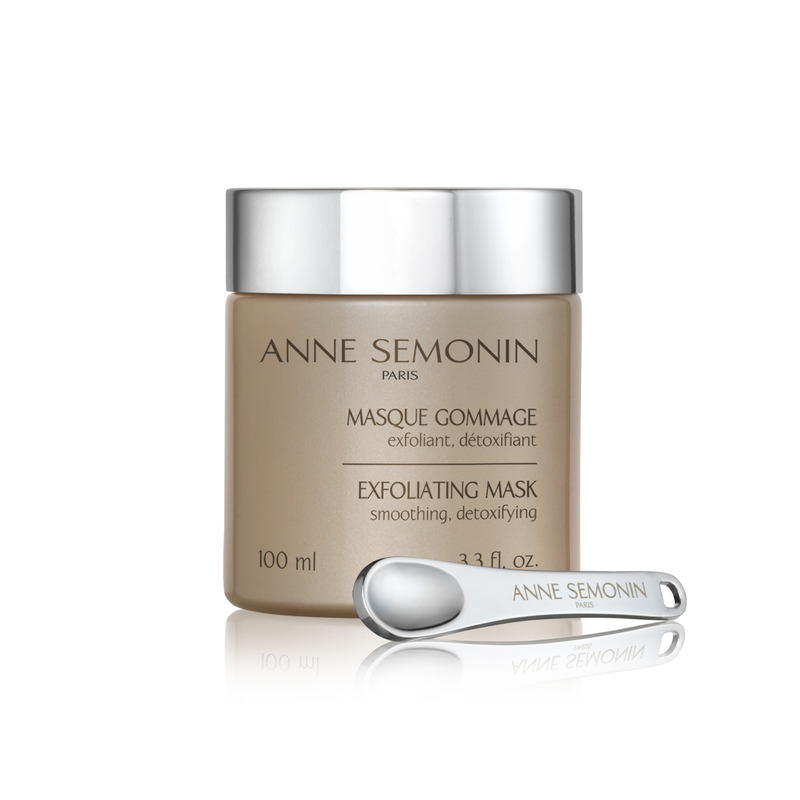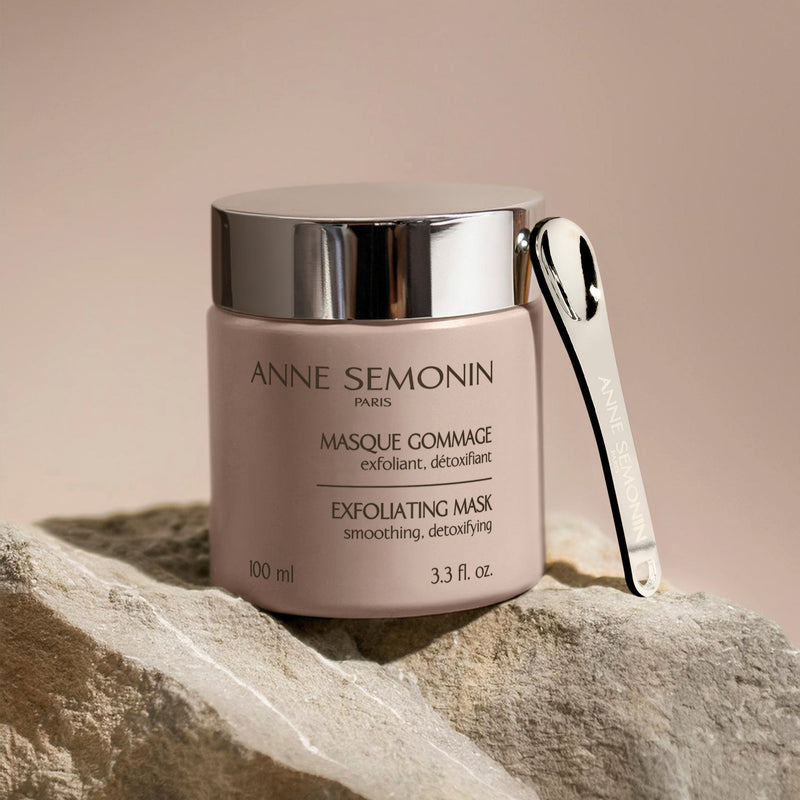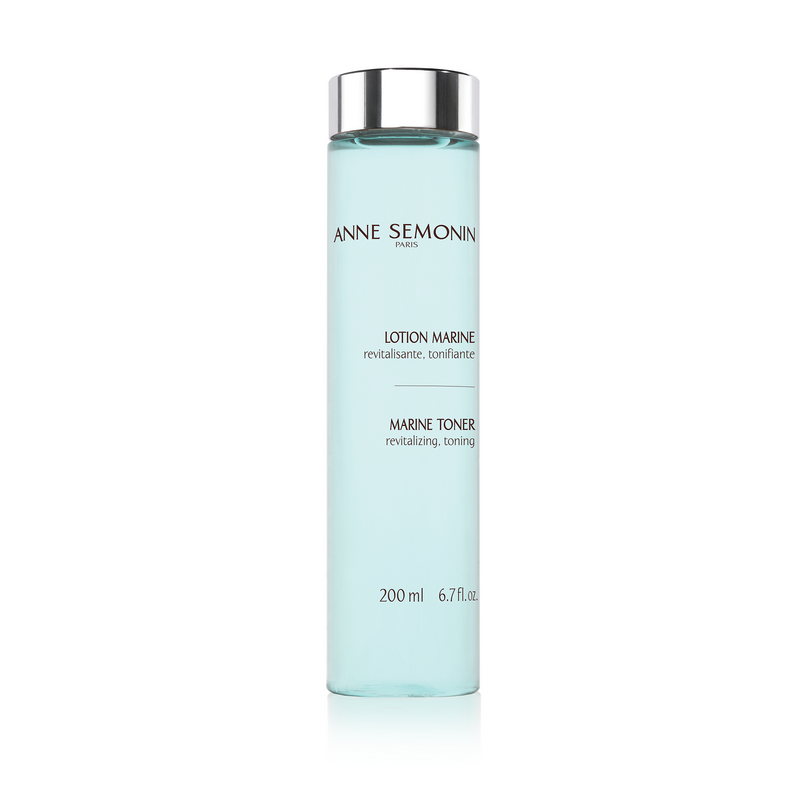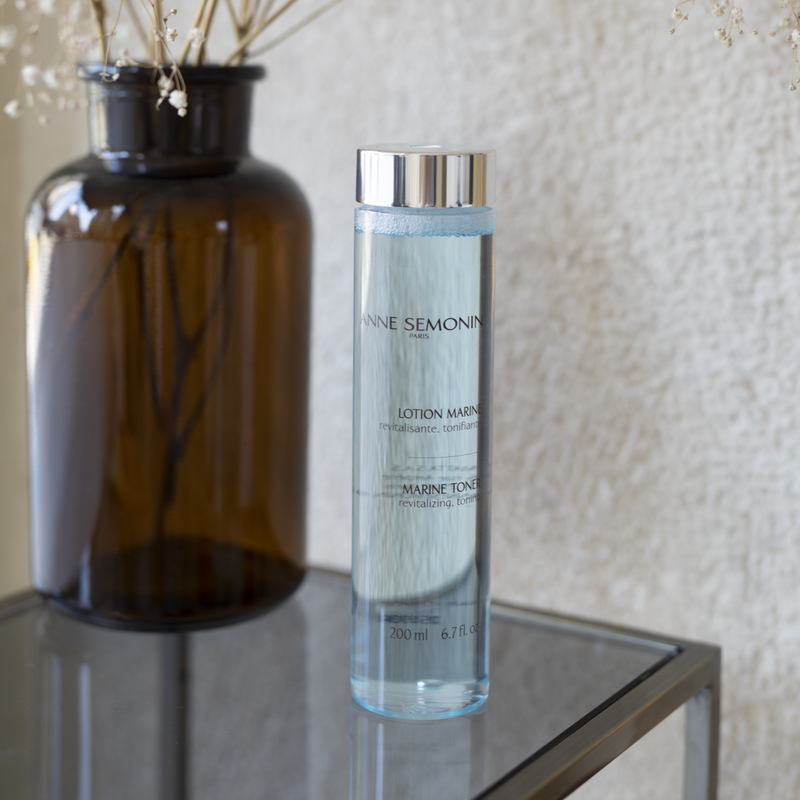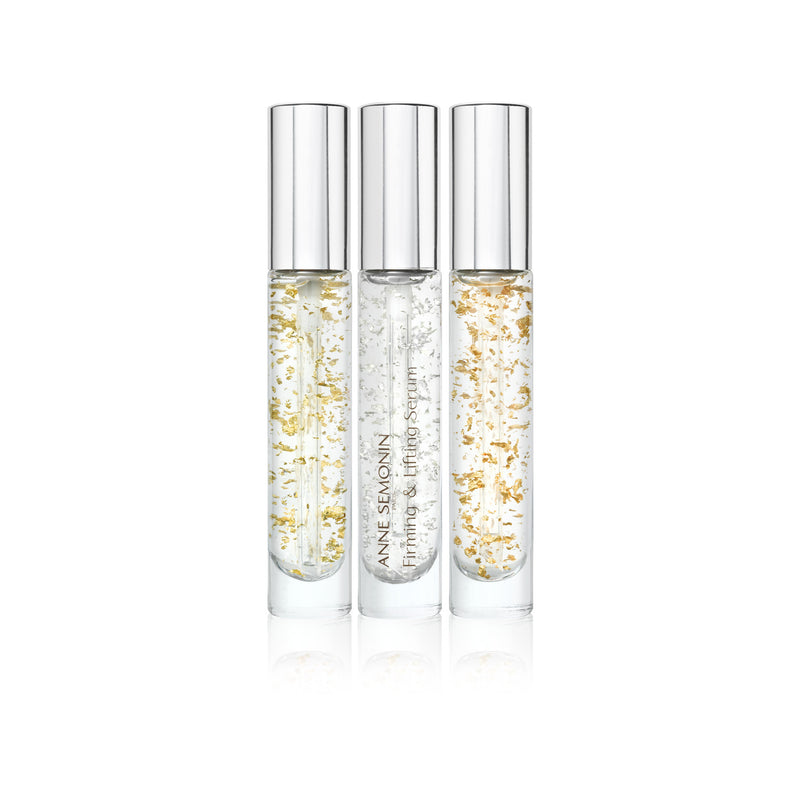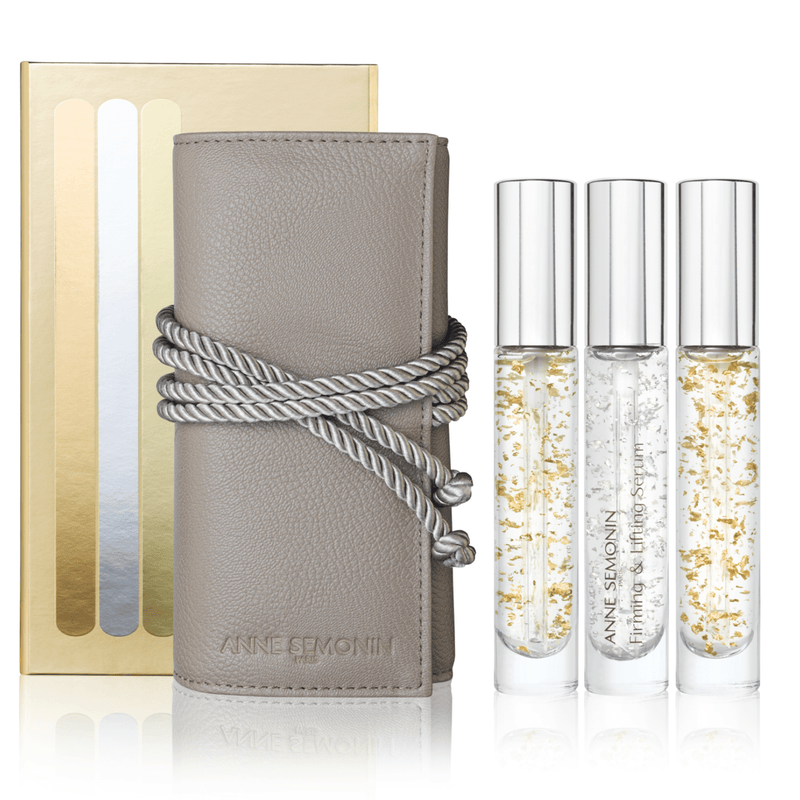We all know about the health risks associated with excessive sun exposure, such as skin cancers, cataracts, age-related macular degeneration (AMD), and accelerated skin aging, including wrinkles and sunspots. However, the right amount of sun exposure also positively affects our mood, helps preserve bone health, and facilitates vitamin D synthesis, strengthening our immune system.
But why are the sun’s rays potentially dangerous? How does sun exposure affect our skin? And how can you achieve a beautiful golden complexion while protecting your skin?
We have all the answers for you, along with expert beauty advice from our Anne Semonin specialists!
1. The relationship between skin and the sun is a question of wavelengths
There are three categories of solar radiation: infrared (55%), visible light (42%), and ultraviolet (3%). In the context of skin aging and the development of skin cancers, the role of infrared radiation is considered relatively minor. Similarly, while visible light may play a part in sun allergies, its impact on skin aging is relatively insignificant.
This leaves us with UV radiation, the most concerning category. UV radiation is the most potent and harmful type of radiation. It is divided into UVA (long UV), UVB (short UV), and UVC. The shorter the wavelength, the more damaging it is for the skin as it penetrates deeper into the epidermis.
Additional info : UVC rays are highly energetic and pose the greatest danger. However, their wavelength of 100-280 nm (compared to 400-315 nm for UVA and 315-280 nm for UVB) prevents them from penetrating the ozone layer and reaching the Earth's surface. Only radiation with wavelengths longer than 280 nm can achieve this.

2. UVA and UVB Rays: Understanding Their Effects
UVA rays constitute nearly 95% of the UV radiation that reaches the Earth's surface. Most of these can penetrate the epidermis, giving you that lovely tan following sun exposure. However, they also contribute to skin aging and the formation of wrinkles.
UVB rays only permeate the superficial layers of the skin and are predominantly absorbed by its outermost layer. They induce a long-lasting tan with a delay, appearing two or three days after exposure. Unfortunately, UVB rays are also the culprits behind sunburn and, in the long run, accelerated skin aging. They are also responsible for the development of skin cancer. On the plus side, UVB rays play an important role in vitamin D synthesis.
Additional info : UV radiation stimulates melanin production, a brown pigment that safeguards the skin against photoaging. This melanin is what gives your skin its tan. In case of excessive sun exposure, the skin's defense mechanism increases melanin production. However, sunspots may appear when melanin becomes clumped or produced in high concentrations.

3. Discover the sun protection ingredients in cosmetics
Four organic filters and thirty mineral filters protect against UV rays in cosmetics. Mineral (or inorganic) filters penetrate the epidermis to absorb the sun’s UV rays. Organic filters, including titanium dioxide, remain on the skin's surface and reflect UV rays. The titanium dioxide (which is also a whitening agent) in certain sun protection creams leaves a white finish on the skin after application.
Sun protection products may or may not combine both types of sun filters, each with characteristics that influence the products' appearance, application, and protection. Organic filters, usually fluid and non-sticky, contribute to a smoother application and texture of the product. However, their effectiveness relies on absorption into the epidermis, which takes around 30 minutes after application. The application of mineral filters, on the other hand, provides immediate protection.
Additional info : The term chemical filters is often used for organic filters. Organic and inorganic filters, however, are derived from chemical processes and are, therefore, chemical filters.
4.How do I choose the right UVA and UVB protection factor?
It is important to note that no sunscreen can provide 100% protection against UV rays. Laboratory studies show that sunscreen with a very high protection factor (SPF 50+) can block around 98% of UV rays. High protection factors (SPF 30 and 50) can block around 97%, and average protection factors (SPF 15, 20, and 25) can block around 95%. However, the numbers are slightly lower in real-world conditions, with SPF 50 offering approximately 90-95% protection and SPF 25 offering 80-85% protection.
If you have very fair skin, opt for SPF 50+. For light skin, SPF 50+, 50, or 30 is best, depending on the intensity of the sun's radiation. If you have dark skin, a protection factor between 15 to 50 is suitable. Individuals with very dark skin can opt for a lower or medium sun protection factor (SPF) such as 6, 10, 15, 20, or 25.
Additional info : Unlike UVB rays, UVA rays can pass through glass without being absorbed. It is important to protect yourself from UVA rays during car journeys too.

5.The Best Measures for Effective Sun Protection
The most effective way to protect yourself from UV radiation is to avoid sun exposure, especially during peak hours. Stay in the shade as much as possible and wear a cap or hat, effective sunglasses (category CE 3 or 4), and protective clothing. Applying sunscreen diligently is essential. Even on cloudy days, UV radiation can still penetrate and affect the skin. Apply sunscreen generously, 15 minutes before sun exposure, and cover all areas of your skin. Note that sunscreen provides effective protection for a limited period, typically up to two hours. After swimming or perspiring, it is crucial to reapply sunscreen, even if you are using a high protection factor !
Additional info : The sun poses a greater risk when it’s at its peak, as then its rays are less filtered by the atmosphere. Safeguard your well-being by avoiding sun exposure between 12 and 4 p.m. and pay attention to the size of shadows. When your own shadow on the ground is shorter than your height, take necessary protective measures, regardless of the temperature.
6.Oligo Protect Cream SPF 30, your UV "insurance"
If you’re seeking the best way to avoid sunburn, sunspots, wrinkles, and premature aging, then Oligo Protect SPF 30 is for you. Try it and you’ll soon fall in love with this Anne Semonin best-seller! The daily skincare product has excellent moisturizing, protective, and anti-aging properties. The secret behind its success? Its ingredients! Marine extracts and fortifying trace elements pause the aging effects caused by free radicals, while extract of Jania Rubens (a red seaweed) deeply moisturizes the skin. Sea lily extract reduces sunspots and hibiscus extract refines skin. Last but not least, the cream’s SPF 30 sun filters safeguard the skin against UVA and UVB rays!

An additional beauty tip :
In the morning : Apply Oligo Protect Cream SPF30 SPF30 to cleansed skin and don’t forget to apply the product to your neck! Apply a few drops of Oligoanne Serum : rich in antioxidants, before you apply Oligo Protect Cream for even better results. This corrective treatment protects your skin cells and activates their repair process.
At night : Massage a few drops of Brightening Serum into the cleansed skin of face and décolleté for a few minutes. Rich in vitamin C, sea lily extract, brown algae, and antioxidants (Vitamin E) the serum reduces the appearance of sunspots and brightens the complexion. If your skin is dehydrated and fragile, use Phytarosa Serum : Rich in vitamin C, sea lily extract, brown algae, and antioxidants (Vitamin E) the serum reduces the appearance of sunspots and brightens the complexion. If your skin is dehydrated and fragile, use
Morning and night : for the finishing touch, apply the Super Active Contour Serum or the Miracle Eye Contour Anti-wrinkle Cream. Both work wonders for the fragile eye contour!


